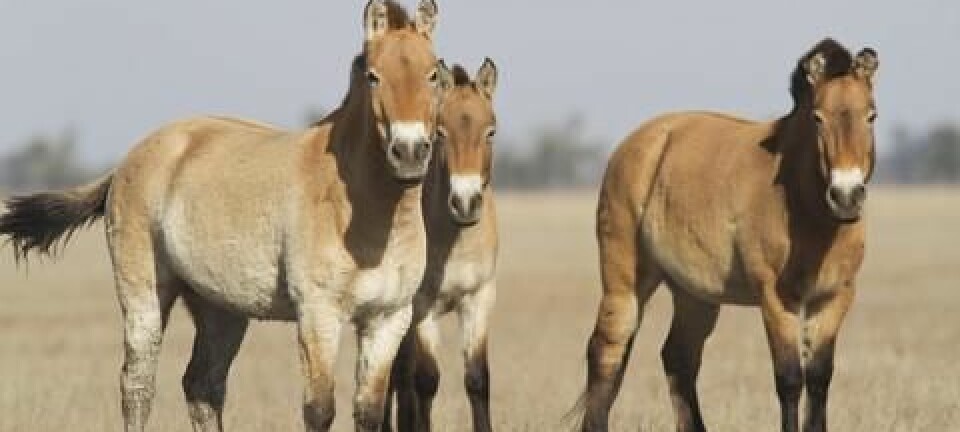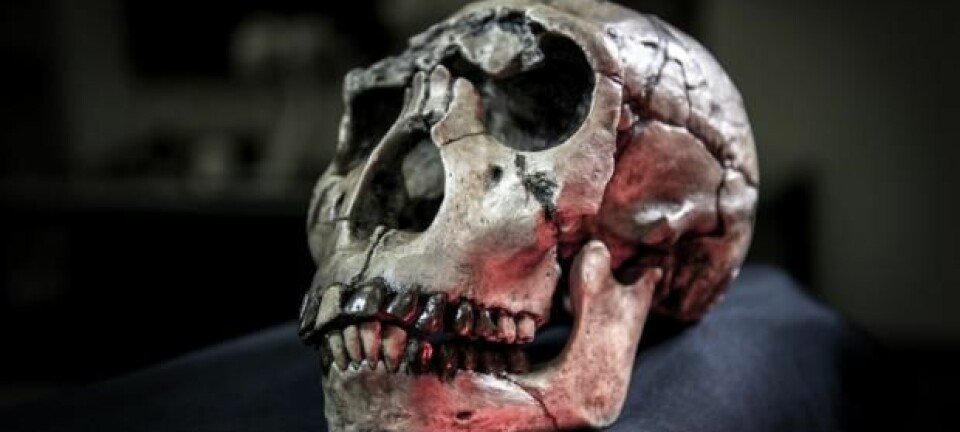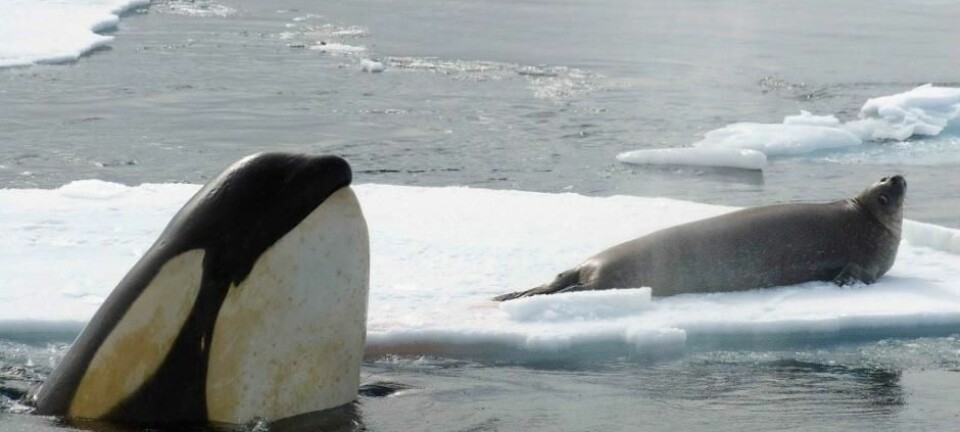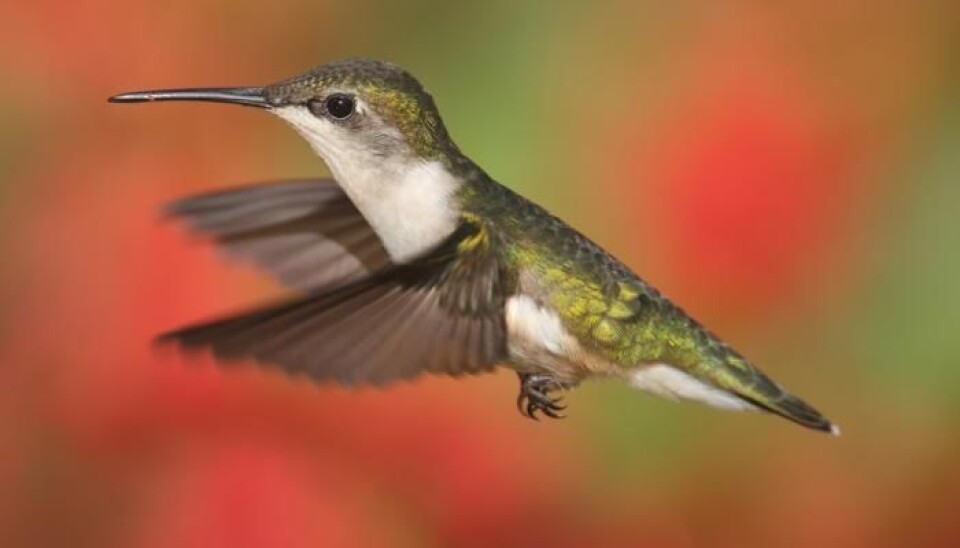
Bird study reveals a key assumption in evolution theory is false
A new study of fifty bird species from the Andes now rules out any possibility of predicting evolution on a single genetic mutation.
Darwin’s theory of evolution has constantly evolved since it was first proposed in 1859, as step by step, scientists have discovered more of the theory’s inner mechanisms.
Now, a team of scientists have taken another step in a study based on haemoglobin--the protein responsible for transporting oxygen around the body--in more than 50 different types of birds in South America.
They conclude that evolution is far more complex than previously thought, and that there is no set recipe to describe the development of particularly important physiological properties.
The new results are published in the journal Science.
Evolution makes more sense now
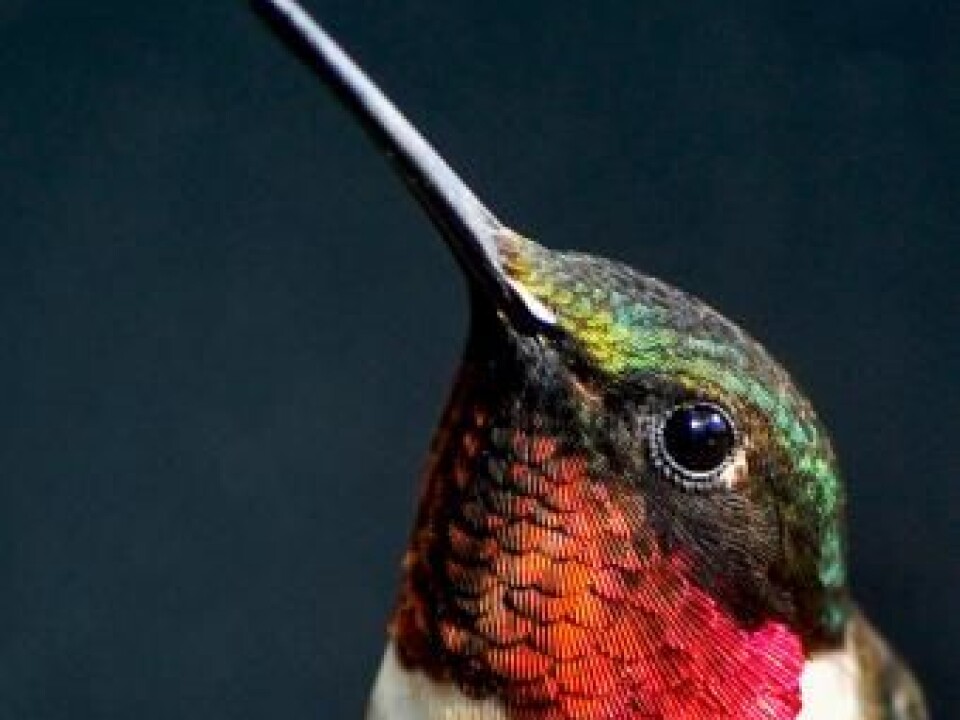
“Everything makes much more sense now,” says co-author, Professor Angela Fago from the Bioscience Department at Aarhus University, Denmark.
“There’s not one set way to determine a physiological property in living organisms. Any number of possible combinations of mutations can explain the development or the change in a particular trait. It makes evolution more complicated, but at the same time it makes much more sense,” says Fago.
Gene mutations are random, so it is likely that changes in specific properties, such as changes in the ability to bind oxygen in the blood, can occur in many different ways, she says.
Read More: Evolution in real time on Bear Island
Blood tests from mountain birds
It was in part, Darwin’s studies of finches in the Galapagos that inspired his theory, so it is somewhat poetic that the theory should take another leap forward based on the results of another large study of southern American birds.
The scientists wanted to study oxygen uptake in the blood at various altitudes, so these birds were the ideal test subjects.
“These birds live both at high altitudes and at sea level, so they’re a good case study. Our data show that haemoglobin in birds living at higher altitude can take up oxygen more effectively. And we wanted to study this difference at the genetic level,” says Fago.
The scientists took samples from 50 different species of birds that live at various altitudes in the Andes. They compared the blood analysis with the genes that are responsible for producing haemoglobin.
But what they discovered, was unexpected.
Birds living at high altitude, need to be specially adapted to cope with low levels of oxygen.
The scientists’ hypothesis was therefore that these birds would have a definite pattern of mutations that enabled them to do this.
“But we didn’t see any patterns in the birds’ genes. We thought there would be clear similarities among the high-altitude birds, but there’s clearly more than one recipe for this special haemoglobin [mutation],” says Fago.
Read More: Evolution will make our wisdom teeth disappear
Changes scientists’ way of working
The new results have a huge impact in evolutionary science, says Assistant Professor Zhang Guojie from the Department of Biology at the University of Copenhagen, Denmark. He was not involved in the new research.
“Evolutionary biologists will from now on have to back up results from genetic comparison studies with experiments like this, where the Danish-American scientists have also looked at gene function,” says Zhang.
Even though two individuals have the same mutation on one gene, it does not necessarily mean that they both have the same effect, says Zhang. So scientists will need to test the manifestation of these mutations in practice and not just rely on computer models.
This does not mean that evolutionary studies based on computer modelling are incorrect, he says. It is just that studies like this are more precise, as they take into account all of the genetic differences among individuals.
“We’ve always shown that evolution is complicated and that genetic function depends on a range of different connections in the body. But now we can account for it, better. This study warns us that we can’t draw direct links between genes and their function in individuals,” he says.
Read More: Scientists solve the riddle of eel evolution
Phenomenon may apply to all organisms
Genetic function is basically the same in all animals and plants, so the same evolutionary patterns, or rather lack of them, probably applies to all organisms, says Fago.
“This may be the basic way in which evolution occurs at a molecular level, in all proteins and enzymes,” she says.
Zhang agrees.
“This is one of the main messages here: in some cases it’s difficult to predict the precise properties, based on a single mutation, both in humans and in animals and plants,” he says.
“So we can’t say that just because you have one mutation, it will automatically lead to the development of a specific disease. There’s many other variables that can play a role and in this study we have tangible data to show this,” says Zhang.
Fago and colleagues now plan to study more birds in the Himalayas to see if the results do in fact extend to other species.
“We’ll start by checking whether the same also applies to Himalayan birds. And from there, we can see if the relationship also applies to other animal groups,” says Fago.
-------------
Read the Danish version of this article on Videnskab.dk
Translated by: Catherine Jex
